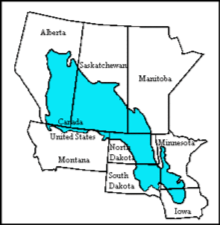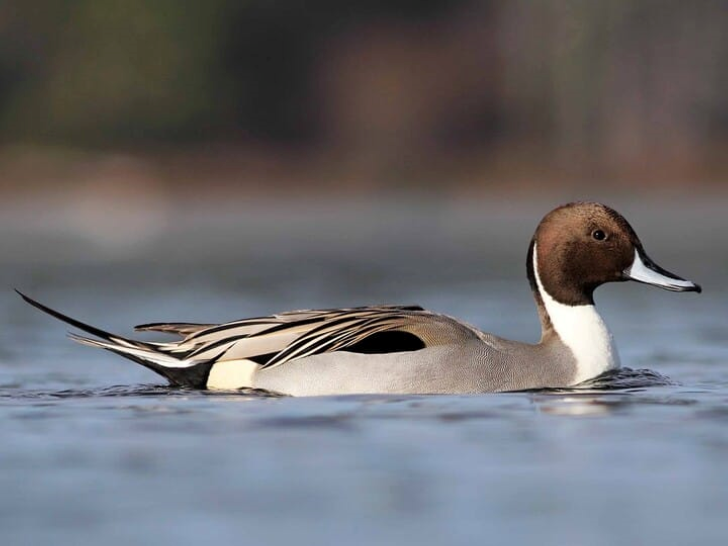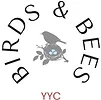
APRIL 27, 2003
Each year approximately 10 million waterfowl fly north to their breeding grounds in the Prairie Pothole Region of North America, but the landscape that greets them has changed. Weather patterns and agricultural practices have significantly transformed the pothole-dotted native grasslands that waterfowl have used for thousands of years.
These changes have resulted in some waterfowl proliferating while others decline. According to a study by a Penn State-led-research team, nesting date is an important factory in determining winners and losers in the Prairie Pothole Region.
Waterfowl nest in a variety of habitats in the region, including idle grassland, cropland and over water, according to the report. But when early nesting ducks arrive in the Prairie Pothole Region, many fields are covered in debris left from the previous fall’s harvest, mainly stubble from cereal grains. Although this habitat looks inviting, the eventual replanting of these fields, as opposed to leaving them fallow, makes the ducks more vulnerable to predators and often results in their nests being destroyed by agricultural activities such as tilling and planting.
The U.S. Fish and Wildlife Services and the Canadian Wildlife Service have monitored spring population abundances for North American waterfowl using the Waterfowl Breeding Population and Habitat Survey since 1955—producing one of the largest datasets on vertebrate populations in the world.
These ducks are adapted to nest in mixed-grass prairie, and as that wild habitat has largely been replaced by agriculture in the Prairie Pothole Region, the birds are confused.
Last year’s stubble looks good to them from the air, but in reality, it does not offer the same advantages and protections that the grass does. Over time, on a large scale, this association with cropland can lead to lower reproductive success and declining population numbers for early nesting ducks that breed in the region.
In earlier research, the research group in the College of Agricultural Sciences focused on Northern pintail ducks, a species that has been in decline since the 1980s. They identified the proclivity of Northern pintails to nest in agricultural fields as an “ecological trap” because the number of pintail the following year—a product of demographic processes, such as reproduction and survival—declined with increasing use of cropland.


